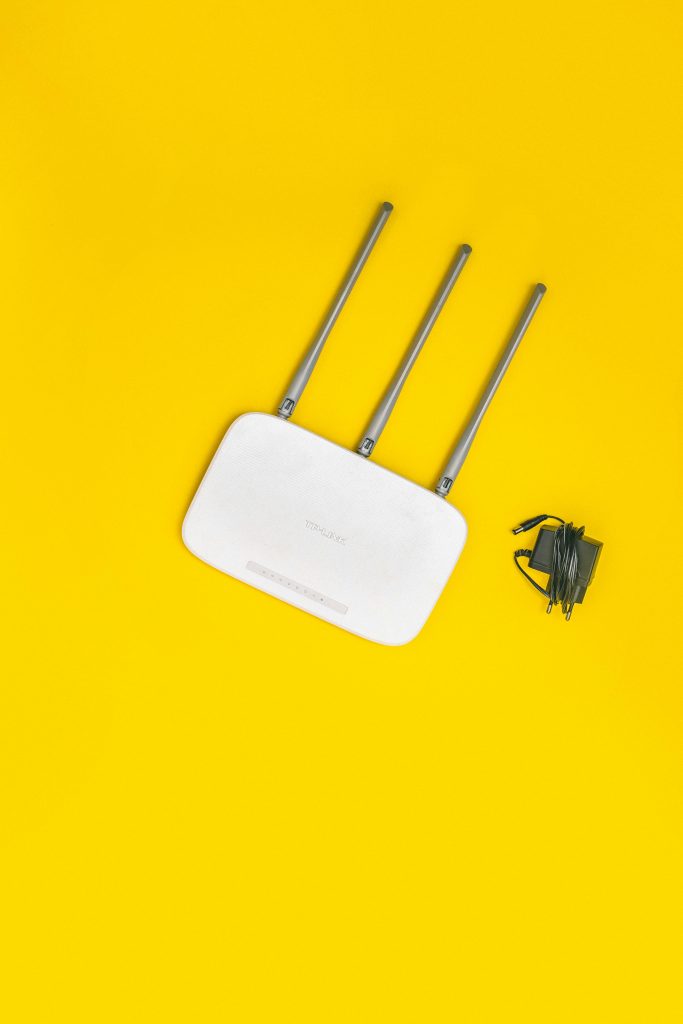Troubleshooting New HDD Installation: Resolving “No Bootable Devices” Issue
Installing a new hard disk drive (HDD) in your laptop can be a rewarding upgrade for better performance and storage capacity. However, encountering a “No bootable devices” message can be frustrating and confusing. If you’ve recently been in this situation, you are not alone. Let me share my journey on how I overcame this challenge and got my Windows operating system up and running smoothly on the new drive.
The Problem
After successfully installing the new HDD, I was greeted with an unexpected screen that stated there were “No bootable devices.” This message indicated that my laptop was unable to recognize the new hard drive as a valid boot option. It was clear I needed to make some adjustments to get everything functioning normally.
The Solution
After consulting with members of the online community, I gathered helpful insights to navigate this technical hurdle. Here’s how I resolved the issue:
-
Access Advanced System Settings: I started by entering the BIOS/UEFI settings during boot-up. This allowed me to configure essential options that influence how the system interacts with the hardware.
-
Disable Secure Boot: In the settings menu, I located the Secure Boot option and turned it off. Secure Boot sometimes prevents the system from recognizing new hardware or alternative operating systems, so disabling it is a crucial step in many installation processes.
-
Enable Legacy Boot Option: Simultaneously, I enabled the Legacy Boot option within the settings. This feature supports older hardware and operating system configurations, which can be beneficial when integrating a new HDD.
-
Clean Install of Windows: During the Windows setup process, I accessed the drive management options and deleted any existing partitions on the new HDD. This step ensured that the drive was completely prepared for a fresh installation of Windows.
-
Select the Drive for Installation: Finally, I chose the newly formatted drive for the OS installation. With everything properly configured, the installation proceeded without a hitch.
I was thrilled to see Windows booting up successfully after these adjustments.
Conclusion
Thanks to the collective knowledge shared by fellow users, I was able to transform a stressful installation experience into a success story. If you find yourself facing similar issues when installing a new HDD, consider the steps I took. The combination of disabling Secure Boot, enabling Legacy Boot, and performing a fresh installation of Windows can make a significant difference.
If you have any additional tips
Share this content:



